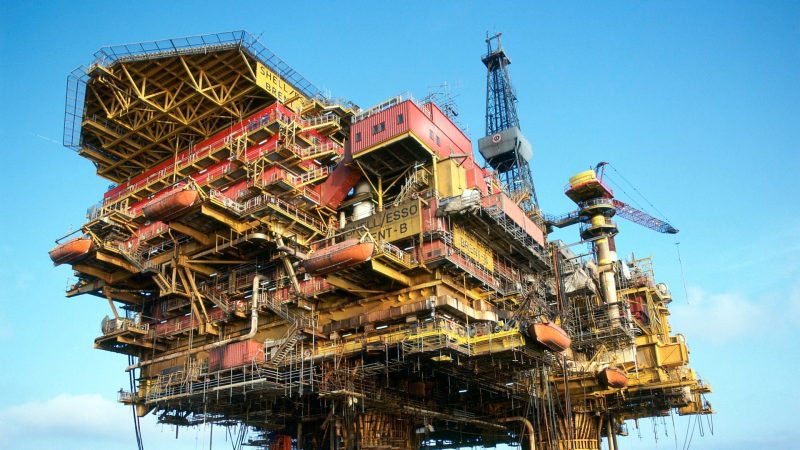Decommissioning & Abandonment 2018


Decommissioning is the administrative and technical actions taken to allow the removal of some or all of the regulatory controls from a facility. – International Atomic Energy Agency (IAEA)
Once any production facility is not economically viable, it creates the need to shut down the facility, make is safe and protect the environment effectively. Coupled with advances in technology, and new sources of energy also mean that the amount of resources that need to be decommission will also increase.
In BSEE’s[1] 2010 Decommissioning Cost Update, it was forecasted that over the next 15 years, over one billion US Dollars will be spent on decommissioning the 23 existing assets in California. Activities for decommissioning of oil and gas assets are expected to ramp up over the coming decade. It is important that management and shareholders understand the risks associated with current estimates of their decommissioning liabilities.
Planning for decommissioning can be an expensive and challenging process that span over several decades. Over the period of planning, the scope of each project is constantly being refined as organisations carry out engineering studies and comparative assessments to attain the optimum approach.
IAEA has defined three decommissioning strategies namely, immediate dismantling, deferred dismantling and entombment.
- Immediate dismantling – commences shortly after shut down
- Deferred dismantling – a strategy in which a facility or site is placed in a safe condition for a short period of time, followed by decontamination and dismantling. During this period, a surveillance and maintenance programme is implemented to ensure that the required level of safety is maintained.
- Entombment – a strategy in which the remaining radioactive material is permanently encapsulated on site.
There are several factors that influence the selection of decommissioning strategies, such as: –
- National policies and regulatory framework
- Financial resources/cost of implementing a strategy
- Spent fuel and waste management system
- Health, safety and environmental impact
- Knowledge management and human resources
- Social impacts and stakeholder involvement
Decommissioning and Abandonment is a 3-day course where participants can understand the key components of decommissioning. Decommissioning is a source of major liability for countries, operators, contractors, and the pubic and needs to be managed cost effectively. The course is delivered by a renowned decommissioning consultant. Taking case studies from real life projects, participants can actively participate in the developing of a decommissioning strategy. For more information, please visit us at http://www.opuskinetic.com/training or contact us at info@opuskinetic.com
Opus Kinetic believes that people are why organisations are successful, and giving people the knowledge to perform well at their job is integral for success. We pride ourselves as the premier provider of knowledge, offering acclaimed in-house training, leadership training courses, oil and gas training courses, courses that target health safety and environment, etc. Our training courses are well researched and updated with the latest industry trends. For more information on our professional training programs, you can visit us at http://www.opuskinetic.com/training.
[1] BSEE refers to Bureau of Safety and Environmental Enforcement of USA
